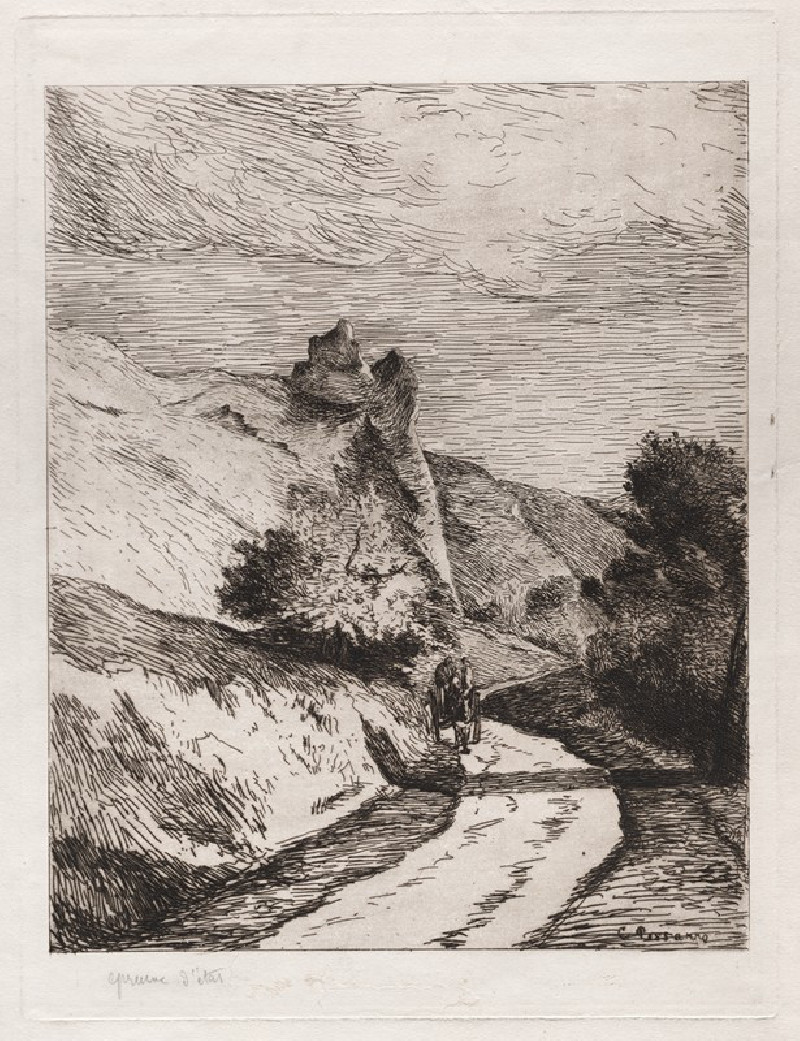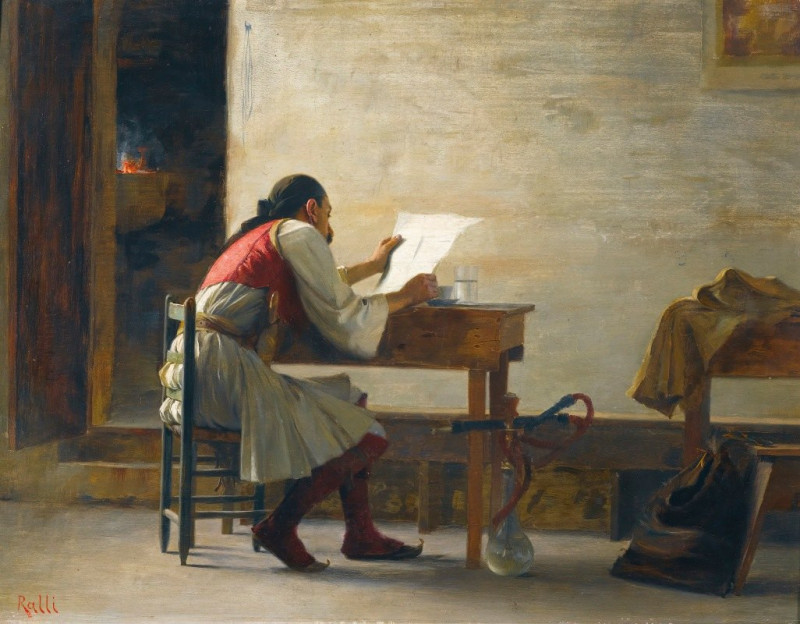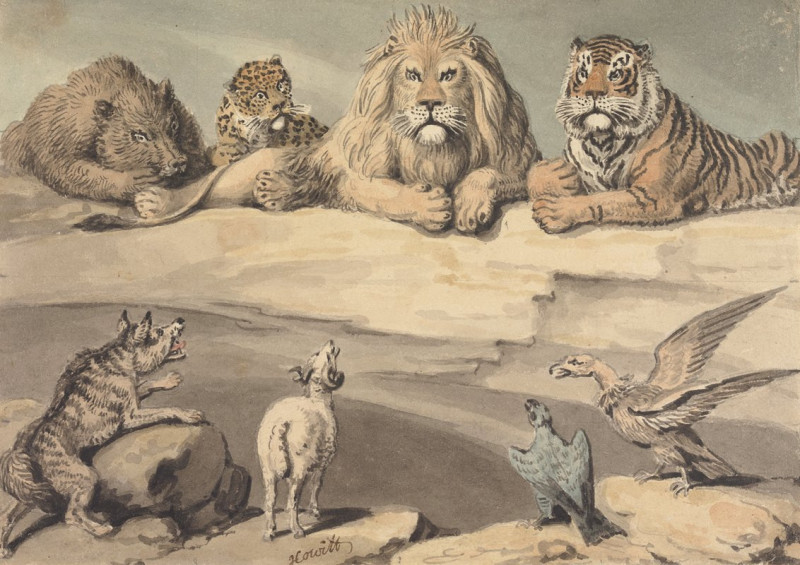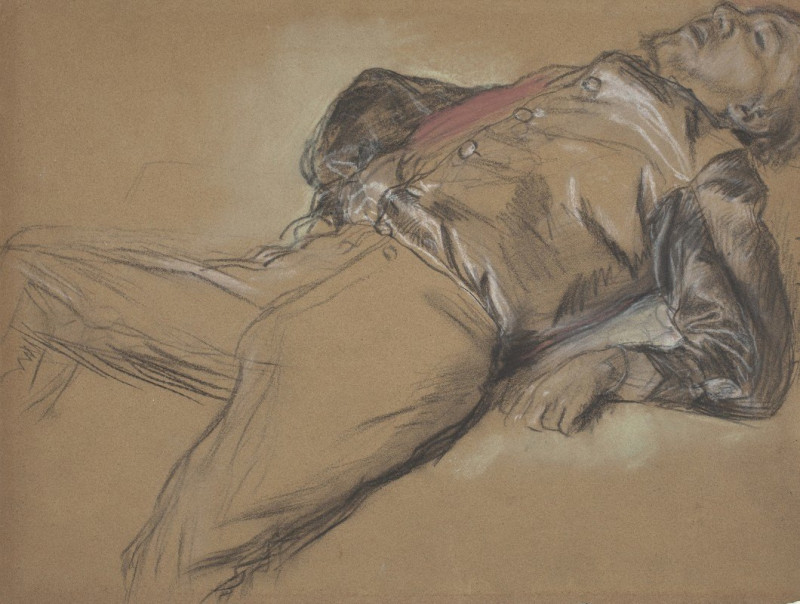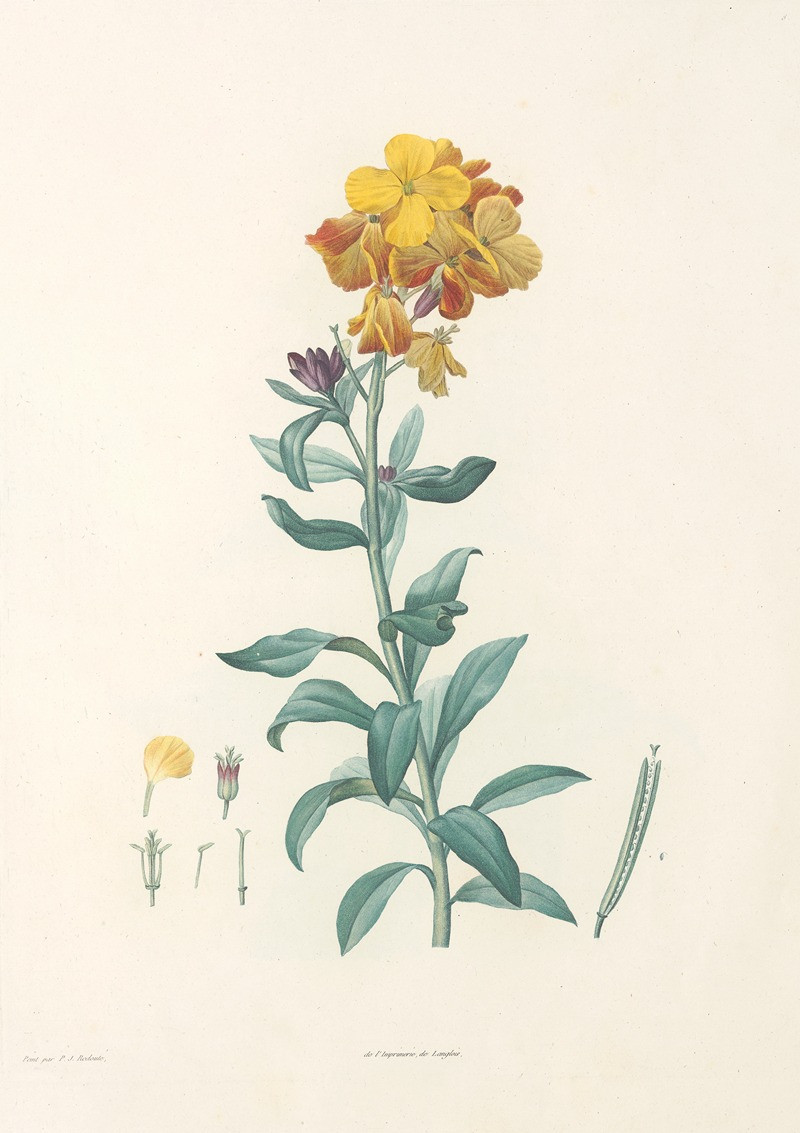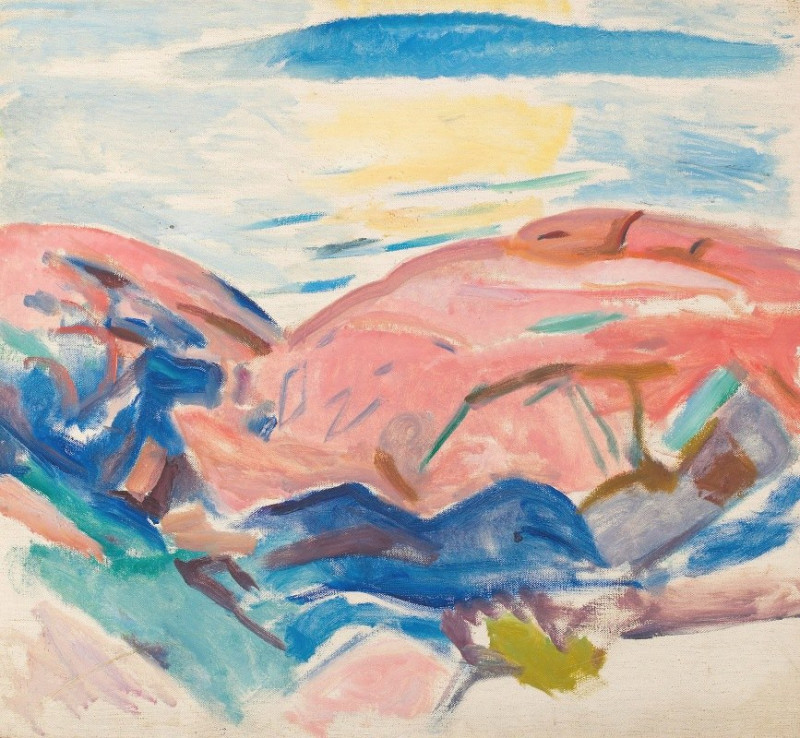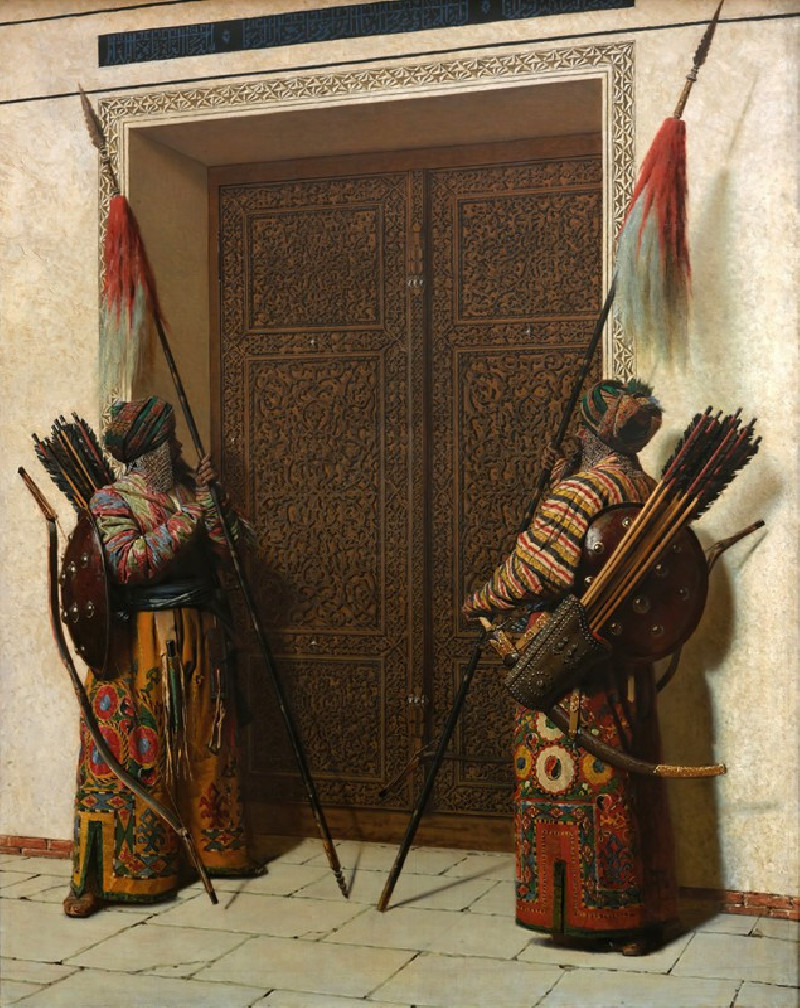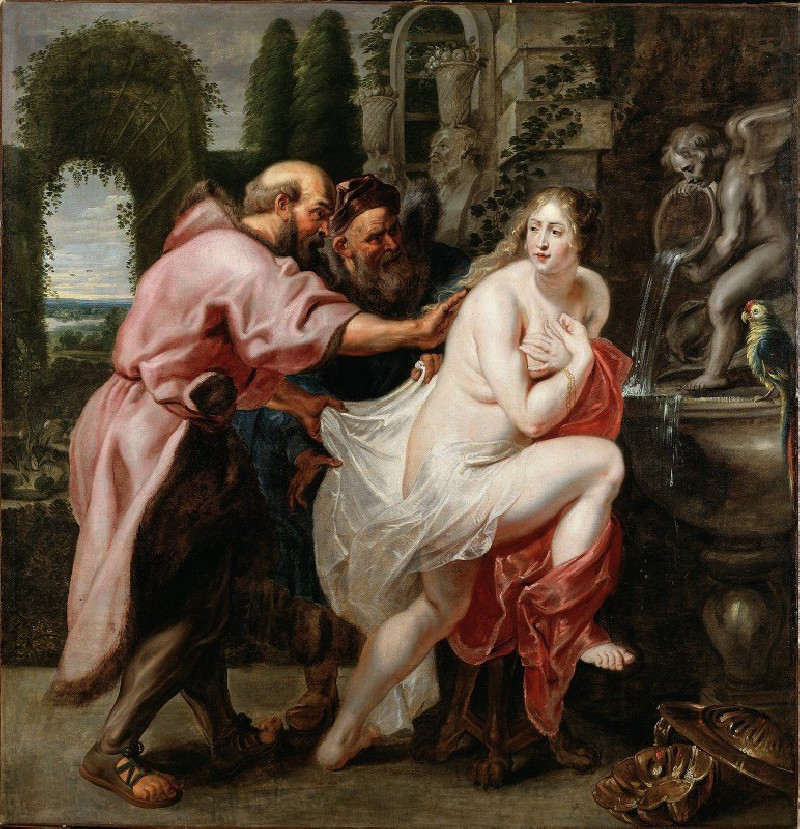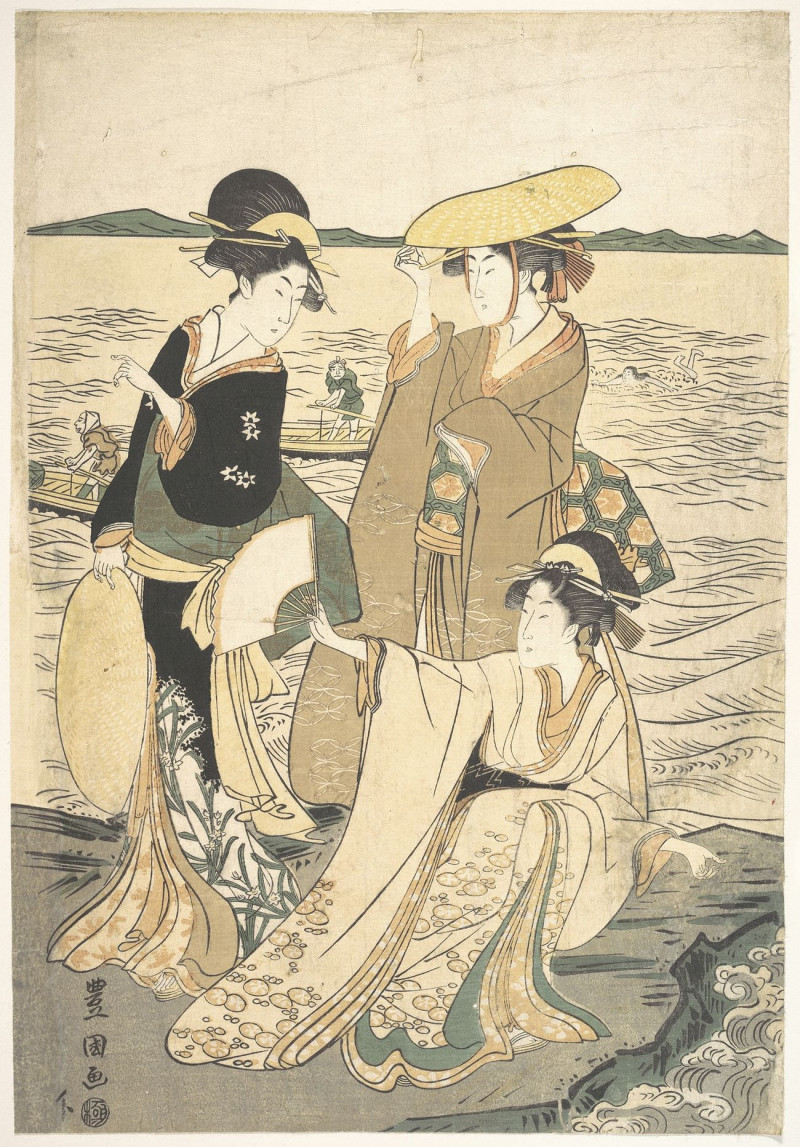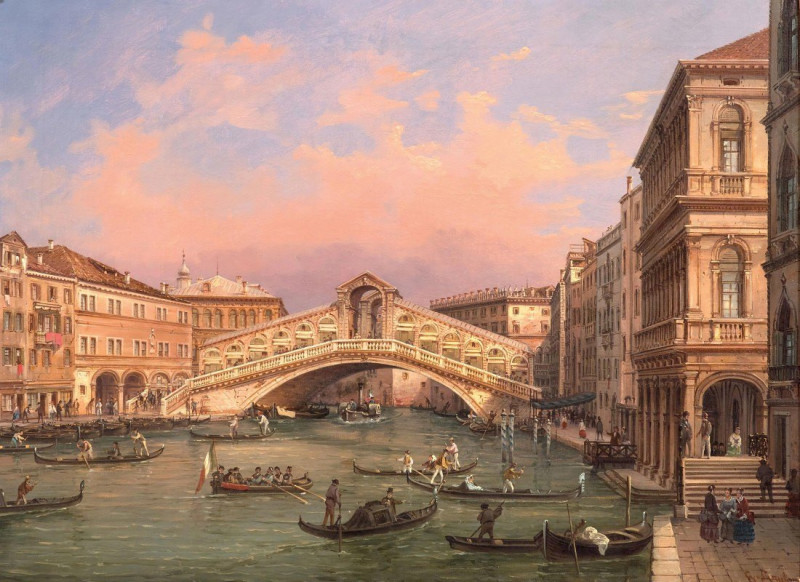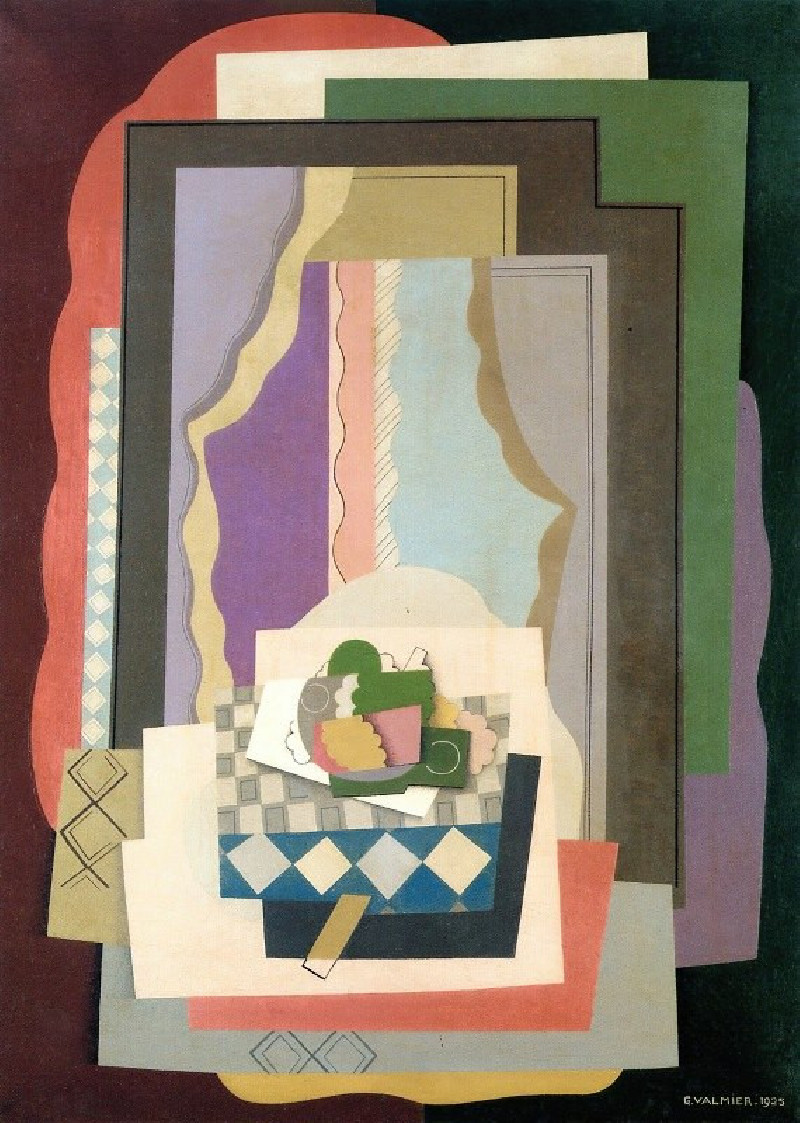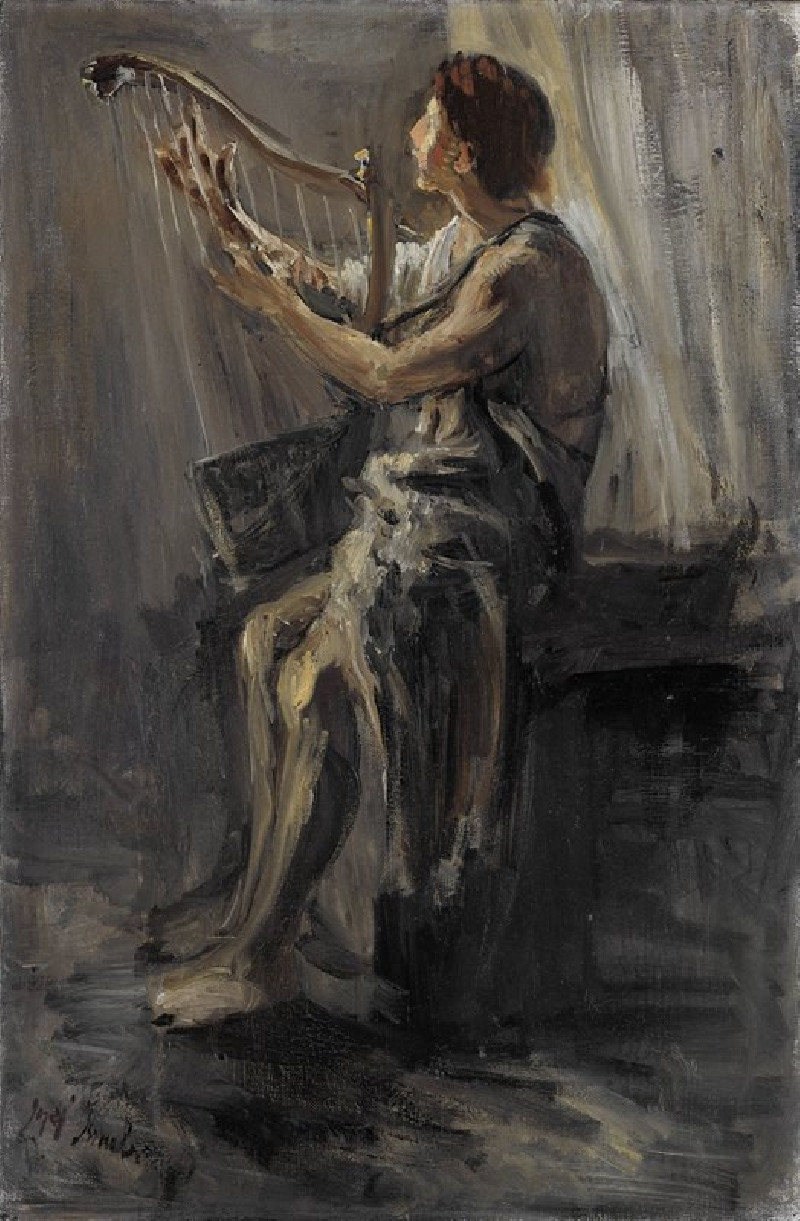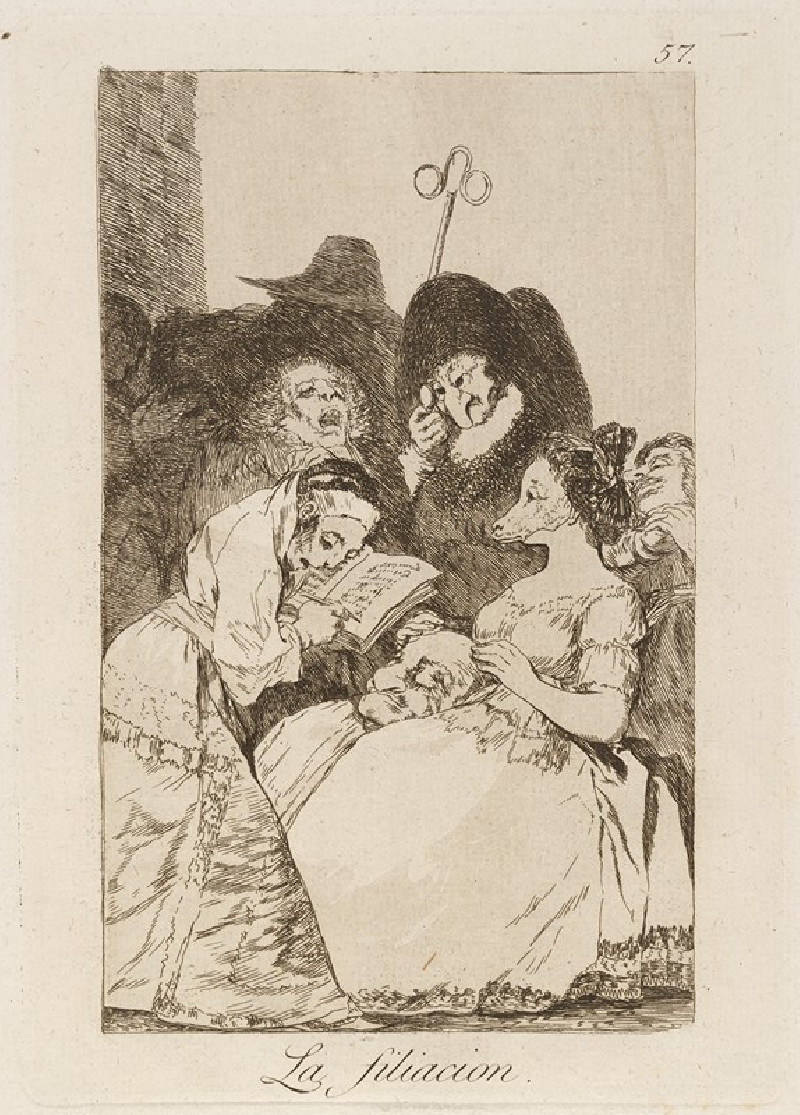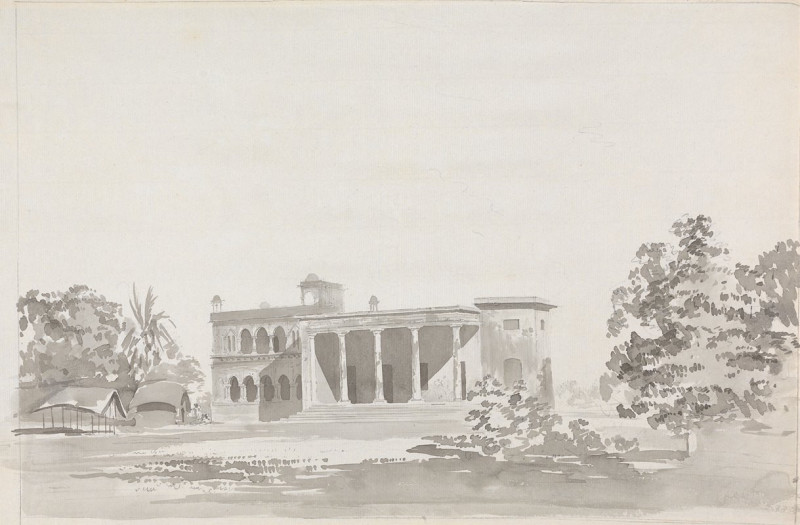La Roche-Guyon (1866)
Technique: Giclée quality print
Recommended by our customers
More about this artwork
On display is Camille Pissarro's etching "La Roche-Guyon," created in 1866. This piece transports viewers to the serene yet dramatic landscape of La Roche-Guyon, a commune nestled within the scenic Île-de-France region of France. The artwork skillfully captures a winding path that slips through the rugged terrain, leading our gaze towards the iconic castle, perched atop a rocky outcrop in the distance. The delicate yet deliberate etched lines evoke the rough textures of the cliff faces and the soft sway of the trees against a tumultuous sky.Two solitary figures are depicted making their way along the path, lending a human element to the scene that invites contemplation on the journey and the passage of time. Pissarro's mastery in etching is evident in how he uses varied line techniques to create depth and atmosphere, drawing the viewer deeper into this tranquil rural setting.Pissarro's works often reflect a keen observation of natural settings and rural life, characterized by his gentle touch and love for the landscape.
Delivery
Returns
Blessed are they who see beautiful things in humble places where other people see nothing. — Camille Pissarro
Camille Pissarro (1830-1903) was born on St.Thomas (now the US Virgin Islands) to a Portuguese father and a Dominican mother. He went to Paris to study art at Ecole des Beaux-Arts. He was an early pioneer of pointillism and neo-impressionism and later became a mentor of many famous impressionist painters including Cezanne, Manet, Renoir, and Gauguin. His paintings depicted rural and urban French landscapes and lifestyle. Many of his works politically captured images of peasants and laborers. Today, he is considered the father of impressionism.

